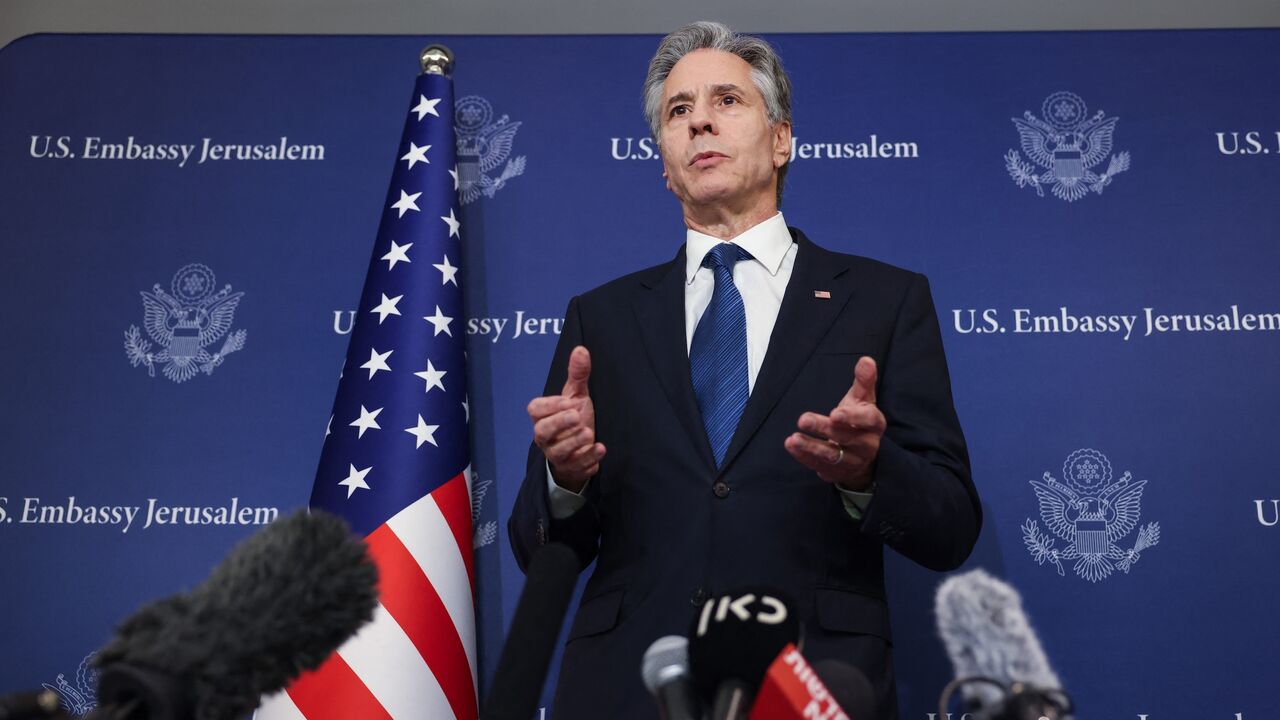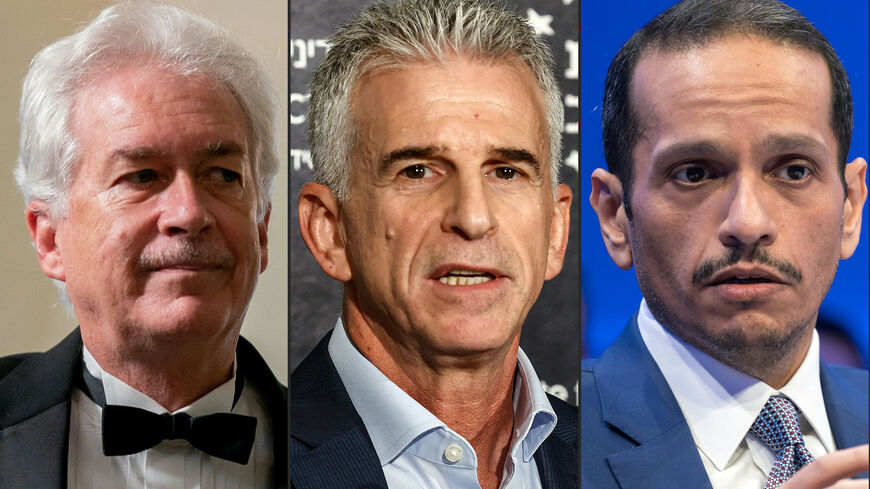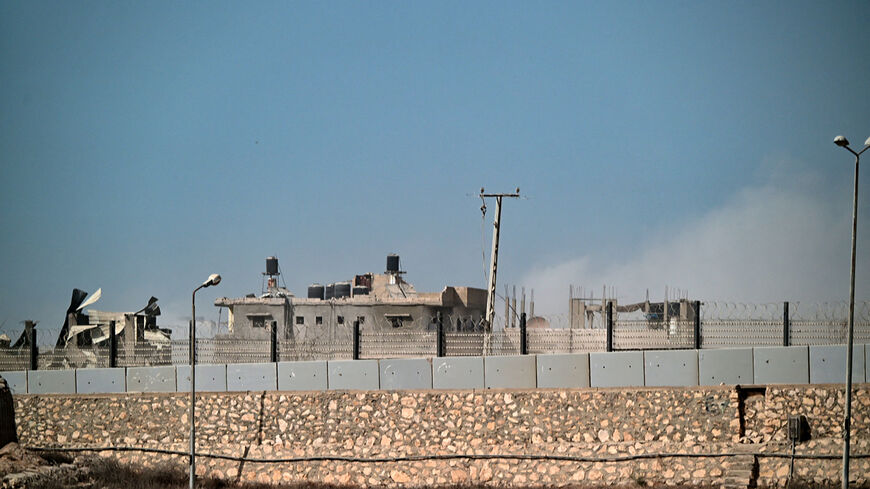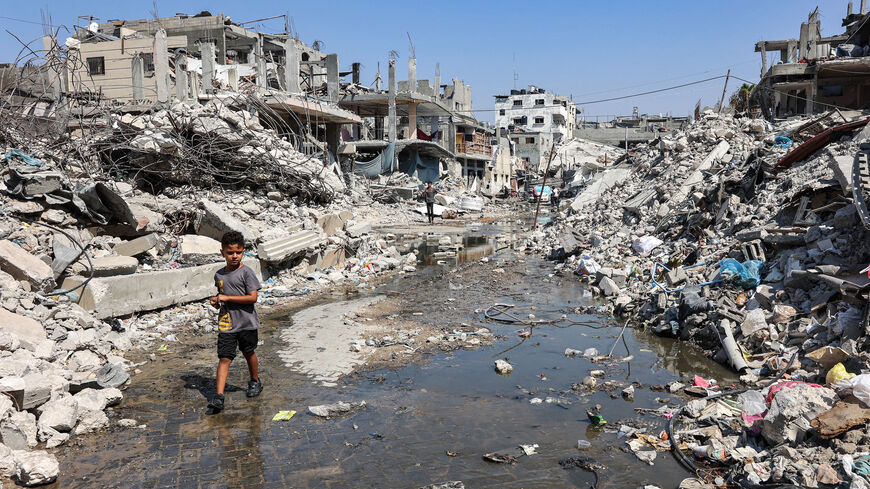US calls for Hamas to accept cease-fire proposal now backed by Israel
The top US diplomat visited Israel days after the United States put forward a so-called bridging proposal in the cease-fire negotiations.

WASHINGTON — Secretary of State Antony Blinken on Monday said Israeli Prime Minister Benjamin Netanyahu has accepted the new Gaza cease-fire proposal aimed at bridging the gaps between Israel and Hamas.
“It's now incumbent on Hamas to do the same,” Blinken told reporters in Tel Aviv.
The top US diplomat, who on Sunday returned to the Middle East for his ninth trip since Oct. 7, said the cease-fire negotiations have reached a "decisive moment" after months of deadlock.
Blinken will travel next to Cairo, where an Israeli negotiating team is set to join senior officials from the United States, Qatar and Egypt later this week. Negotiators will seek “clear understandings on implementing the agreement,” Blinken said, adding that “complex issues remain.”
Blinken will also travel to Doha, the Qatari capital, which served as the venue for last week’s negotiations. The United States, along with mediators Qatar and Egypt, presented the two sides on Friday with a so-called bridging proposal, the details of which were not made public.
If fully implemented, the framework unveiled by President Joe Biden on May 31 would see the return of the remaining hostages, the full withdrawal of Israeli troops from Gaza and a major reconstruction of the coastal enclave.
The war began over 10 months ago when Hamas militants stormed southern Israel, killing 1,200 people and taking around 250 captives. More than 110 hostages remain in Gaza, although Israeli authorities say one-third are presumed dead.
Israel’s military campaign has killed over 40,000 Palestinians, according to local health officials, whose death toll does not distinguish between militants and civilians. The bombing has also devastated the coastal enclave’s health infrastructure, and on Friday the Gaza Health Ministry reported the territory’s first case of polio in some 25 years.
After meeting with Blinken for three hours on Monday, Netanyahu’s office released a statement voicing support for the latest cease-fire proposal, “which takes into account Israel's security needs, which he strongly insists on.”
Netanyahu has hardened Israel’s position in the past month, including by demanding its military retain a presence along the Gaza-Egypt border to prevent weapons smuggling. Blinken declined to comment on the deal’s sticking points when asked if Israel’s control of the border area, known as the Philadelphi corridor, remained an obstacle in the talks.
Hamas appeared to reject the deal in a statement on Sunday. The militant group said the latest bridging proposal aligns with Israel’s demands and accused Netanyahu of “putting obstacles in the way of reaching an agreement.”
The negotiations come as the region braces for Iran’s promised retaliation for the assassination in Tehran of Hamas' political leader Ismail Haniyeh, which was widely blamed on Israel. Hezbollah has also vowed to respond to the killing of one of its senior commanders, Fuad Shukr, in an Israeli-claimed airstrike in Beirut late last month.
The threats from Iran and its most powerful proxy have raised fears of all-out war in the Middle East. US officials are hopeful progress on a Gaza cease-fire will stave off a major Iranian-led attack on Israel.







